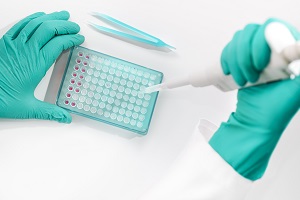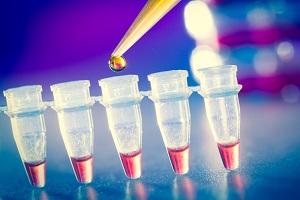A Canadian and Australian team found a gene that makes cancer more aggressive prostate. Men with the BRCA2 mutation are more likely to develop a cancer resistant to treatments. In 50% of cases, an aggressive prostate cancer becomes lethal within 5 years of diagnosis. The discovery will help develop new treatments for the most aggressive forms of cancer.
In men with the mutation of the BRCA2 gene, prostate tumors are aggressive right from the start. The gene is responsible in fact the regulation of cell growth. For this reason, the tumors associated with BRCA2 are more resistant to traditional therapies of normal and more prone to metastasis.
Researchers compared 15 patients with BRCA2 mutated with other 500 suffering from sporadic prostate cancer, ie without genetic causes. The analyzes showed that the tumors of the first group have the abnormal molecular pathways. These include pathways linked to DNA repair and cell division. In sporadic cancers, such routes are developed at a later time, when the mass becomes resistant to hormone therapy and form metastases.
The mutation of the BRCA2 gene affects approximately 2% of men with prostate cancer. Nevertheless, the research lays the foundation for a personalized approach to treating prostate cancer. It puts into light the need to develop alternative therapies, which prevent the most aggressive forms of cancer and reduce the risk of metastases. They would be essential alternative roads where conventional treatments do not work.
Source: uhn.ca
Add a comment





